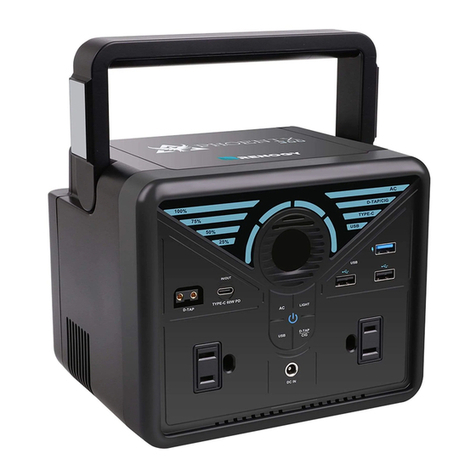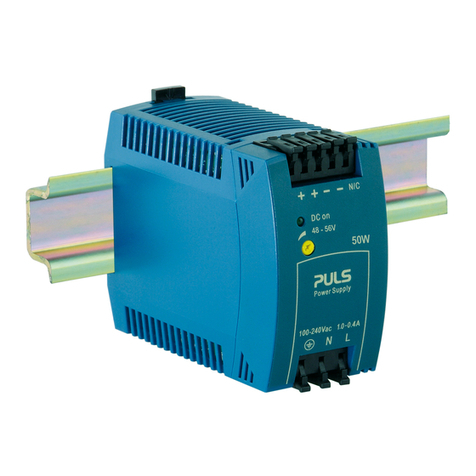
Chapter 3
Clock Module
The KE17Z has the following clock sources:
• Fast internal reference clock (FIRC): 48 MHz high-accuracy (up to ±1%) fast internal reference clock (FIRC) for normal
Run as the default system clock source after reset.
• Slow internal reference clock (SIRC): 8 MHz/2 MHz.
• LPFLL: Supports only up to 72 MHz
• LPO128K: 128 KHz always on internal low-power oscillator clock, for WDOG, LPTMR, EWM, PORT Control.
• External square wave input: Up to 60 MHz DC external square wave input clock
• External oscillator clock (OSC): high range 4 - 40 MHz (with low power or high gain mode) and low range 32 - 40 kHz
(with high-gain mode only)
3.1 External oscillator circuit design
The EXTAL and XTAL pins provide the interface for a Crystal oscillator. EXTAL is the input to the crystal oscillator amplifier. XTAL
is the output of the crystal oscillator amplifier. The pierce oscillator provides a robust, low-noise, and low-power external clock
source. It is designed for optimal start-up margin with typical crystal oscillators. KE17Z supports two ranges of external oscillator:
• high-range: 4 - 40 MHz (with low-power or high-gain mode)
Table 4. External crystal/resonator connections
Oscillator mode Oscillator mode
Low frequency (32.768 kHz), high gain Diagram 3
High frequency (1-32 MHz), low power Diagram 2
High frequency (1-32 MHz), high gain Diagram 3
• low-range: 32 - 40 kHz (with high-gain mode only)
The typical circuit design of the external oscillator is shown in the figure below. For the low-power use case, the low-power
oscillator mode is recommended, as shown in Diagram 2, thus the 1 Mohm RF (feedback resistor) is not needed in this case. For
noise use case, the high-gain oscillator is preferred as shown in Diagram 3. The user needs to add 1 Mohm RF (feedback resistor),
also the use needs to double check with the crystal vendor about the exact value of RS (series resistor). The load capacitors of C1
and C2 must be provided by external capacitors and their load capacitance depends on the crystal or resonator manufacturers'
recommendation. Check the crystal datasheet for the recommended values. And, also consider the parasitic capacitance of
package and board.
Figure 2. Crystal circuit design – Diagram 2
NXP Semiconductors
KE17Z Hardware Developer's Guide, Rev. 0.1, 13 December 2021
User Guide 8 / 19



























